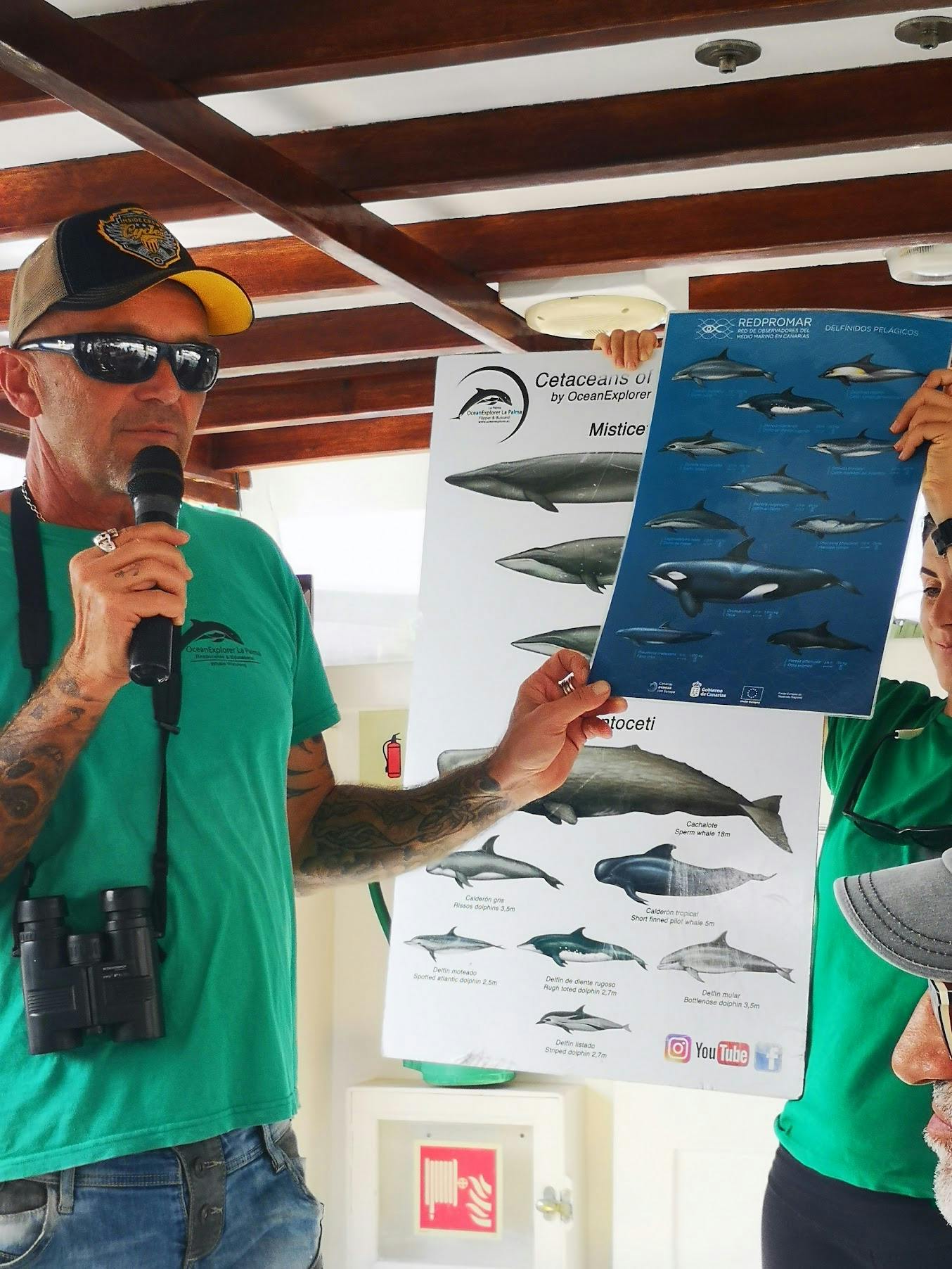
Dive Logbook is Responsible Diver’s Code
Each dive based on a Responsible Divers Code is getting documented by logging underwater journey on a simple dive logbook, for instance, centralised SSI logbook.
Diving an research institutions such as Ocean Explorer collaborates with the conservation of the marine wildlife through the Poseidon Program. Data about the sightings is collected daily for research and conservation.



Marine acoustic technologies are increasingly being used to remotely monitor changing aquatic ecosystems. Passive acoustic monitoring (PAM) uses hydrophones to monitor underwater environments with non-invasive methods.
There is spatial variation in reef sounds, suggesting that they carry unique information about habitat quality from their origins. Coral reefs are hot spots of biodiversity and are an acoustically rich sonar environments full of fishes and benthics.
Marine turtles, for instance, have long been considered to be silent, however, recent studies on hearing of marine turtles have shown they have an ability to perceive sounds.
https://www.int-res.com/abstracts/esr/v48/p31-41/
Other factors such as rain and boats transmit sound might as well indicate underwater noise pollution that is caused by use of explosives, oceanographic experiments, geophysical research, underwater construction, ship traffic, intense active sonars and air guns used for seismic surveys for oil and related activities.
A reference library like The Global Library of Underwater Biological Sounds (GLUBS), may help researchers collaborate, compare and monitor marine, brackish and freshwater ecosystems and possibly identify new species.
https://www.frontiersin.org/articles/10.3389/fevo.2022.810156/full
Researchers at the University of Liege, Belgium use these sounds to characterize coral reefs and study how habitats change with depth and other environmental features. They research how larvae living in the open ocean use sound to locate reefs where they will live as juveniles and adult fish. Loggerhead equipment is critical for documenting these soundscapes.
This site provides an overview of how acoustic monitoring works.
https://www.loggerhead.com/learn https://github.com/loggerhead-instruments
Bioacoustics Stack Exchange: https://bioacoustics.stackexchange.com/
Global Library of Underwater Biological Sound
https://twitter.com/glubs1?lang=en